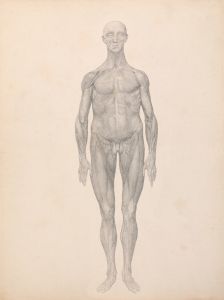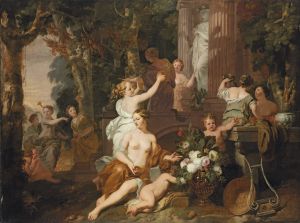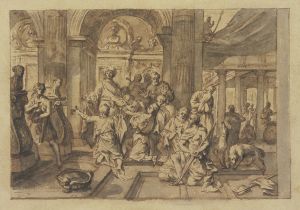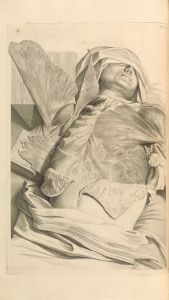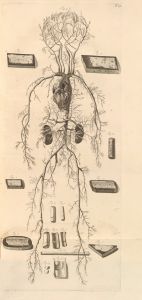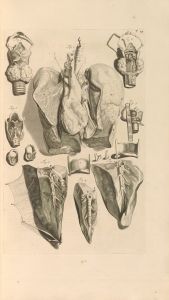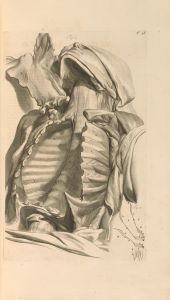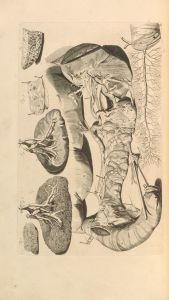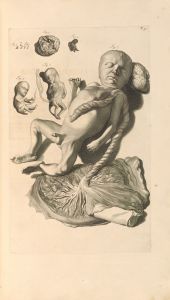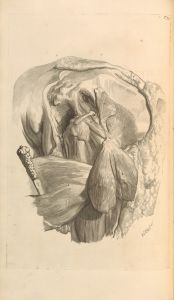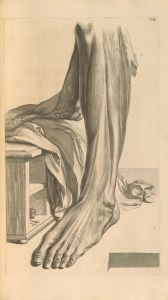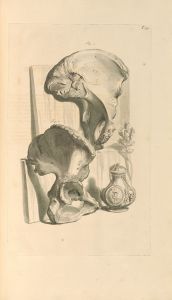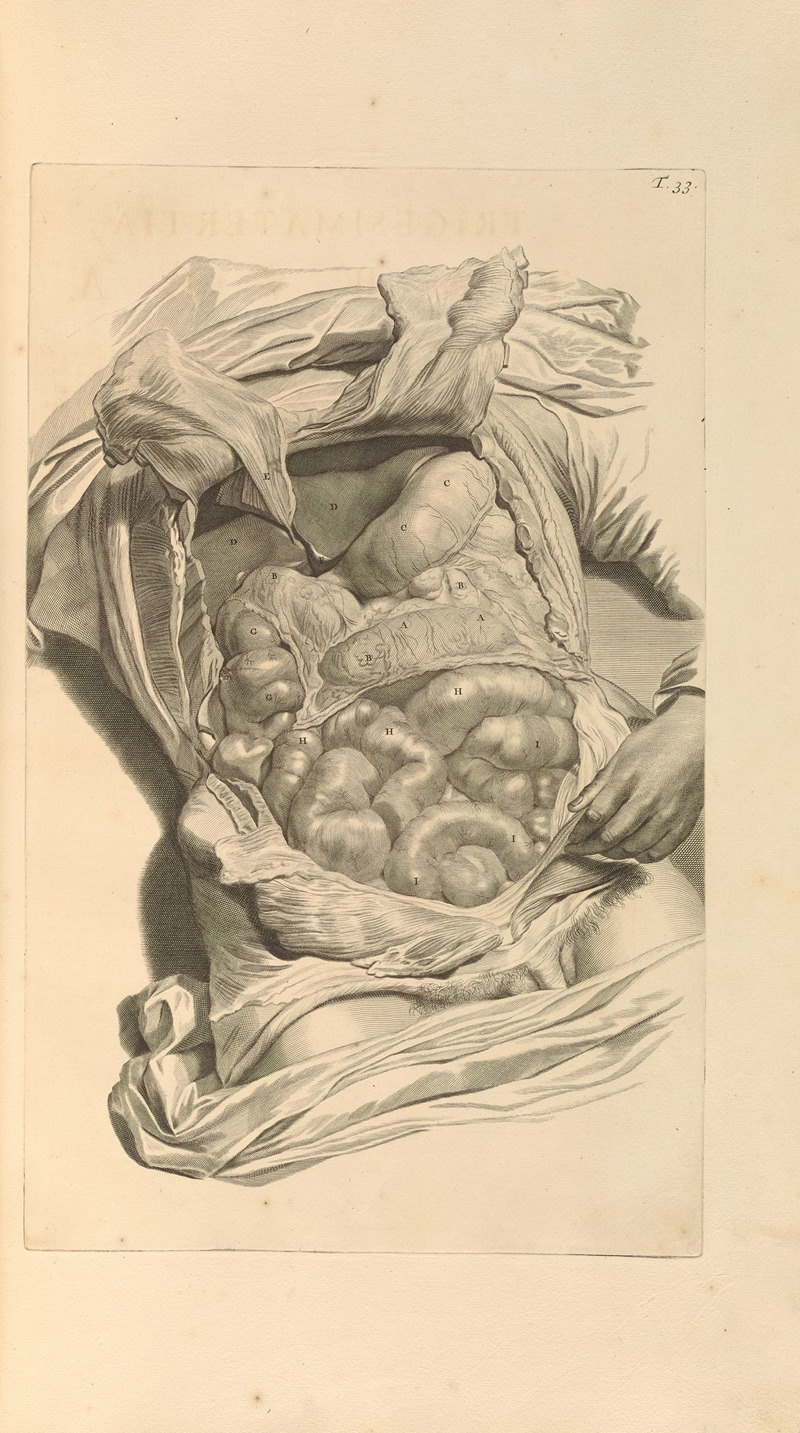
Anatomia humani corporis Pl.034
A hand-painted replica of Gerard de Lairesse’s masterpiece Anatomia humani corporis Pl.034, meticulously crafted by professional artists to capture the true essence of the original. Each piece is created with museum-quality canvas and rare mineral pigments, carefully painted by experienced artists with delicate brushstrokes and rich, layered colors to perfectly recreate the texture of the original artwork. Unlike machine-printed reproductions, this hand-painted version brings the painting to life, infused with the artist’s emotions and skill in every stroke. Whether for personal collection or home decoration, it instantly elevates the artistic atmosphere of any space.
"Anatomia humani corporis Pl.034" is an illustration by Gerard de Lairesse, a notable Dutch Golden Age painter and art theorist. This artwork is part of a larger series of anatomical drawings created for the book "Anatomia Humani Corporis," which was published in 1685. The book was authored by the Dutch anatomist Govard Bidloo, who collaborated with de Lairesse to produce detailed and accurate depictions of the human body.
Gerard de Lairesse was born in Liège in 1640 and later moved to Amsterdam, where he became a prominent figure in the art world. He was known for his classical style and his ability to blend artistic skill with scientific accuracy. His work on "Anatomia Humani Corporis" is a testament to his talent and his contribution to both art and science.
The illustration "Pl.034" is one of the many plates in the book that showcases the intricate details of human anatomy. De Lairesse's drawings were highly regarded for their precision and clarity, making them valuable resources for medical students and professionals of the time. The collaboration between de Lairesse and Bidloo was significant because it combined the expertise of an artist with the knowledge of an anatomist, resulting in illustrations that were both scientifically accurate and artistically refined.
"Anatomia Humani Corporis" was a groundbreaking work in the field of anatomy, and de Lairesse's contributions played a crucial role in its success. The book included 105 plates, each meticulously drawn by de Lairesse, depicting various parts of the human body in great detail. These illustrations were not only educational but also aesthetically pleasing, reflecting de Lairesse's artistic background and his ability to convey complex anatomical information through art.
The collaboration between de Lairesse and Bidloo was part of a broader trend during the 17th century, where art and science often intersected. Anatomical studies were becoming increasingly important, and the need for accurate visual representations was growing. Artists like de Lairesse were instrumental in meeting this demand, using their skills to create detailed and informative illustrations that could be used for educational purposes.
In summary, "Anatomia humani corporis Pl.034" by Gerard de Lairesse is a significant work that exemplifies the intersection of art and science during the Dutch Golden Age. It is part of a larger series of anatomical illustrations that were highly valued for their accuracy and artistic quality. De Lairesse's collaboration with Govard Bidloo resulted in a landmark publication that contributed to the advancement of anatomical knowledge and education.





